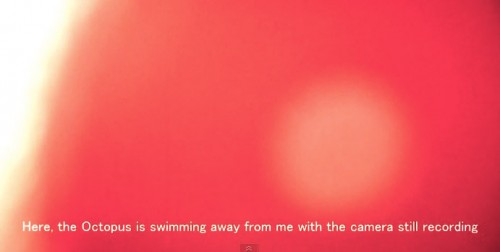This is how Sony is advertising some new gaming gadget. Somehow, I don’t think they’re trying to appeal to women gamers.
I also don’t think plunking the female form down deep into the Uncanny Valley like that is going to appeal to most well-adjusted males.
The other trope on display that I see a fair bit: showing just the torso while cutting off the model’s face. That’s one I sometimes see with male models, too — there’s nothing quite like obliterating the most expressive part of the human body to completely objectify your subject.




